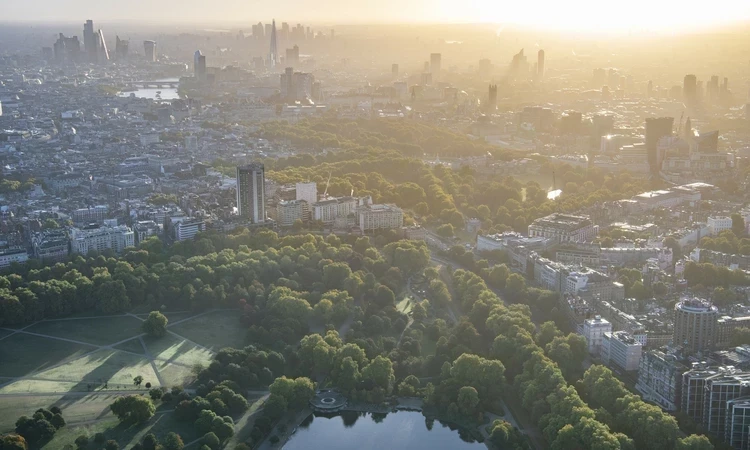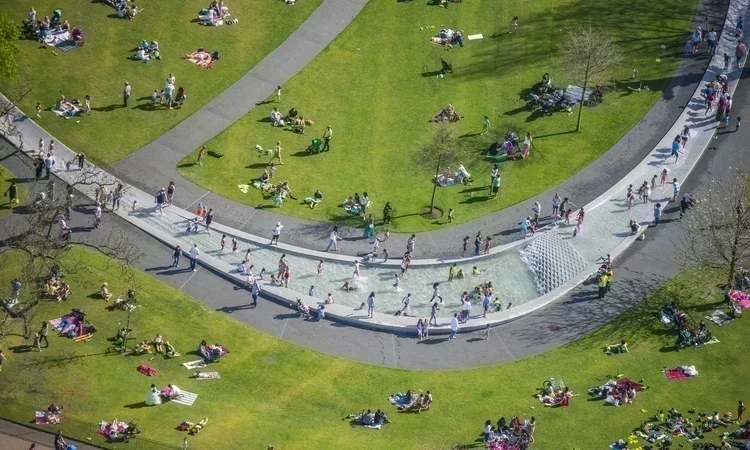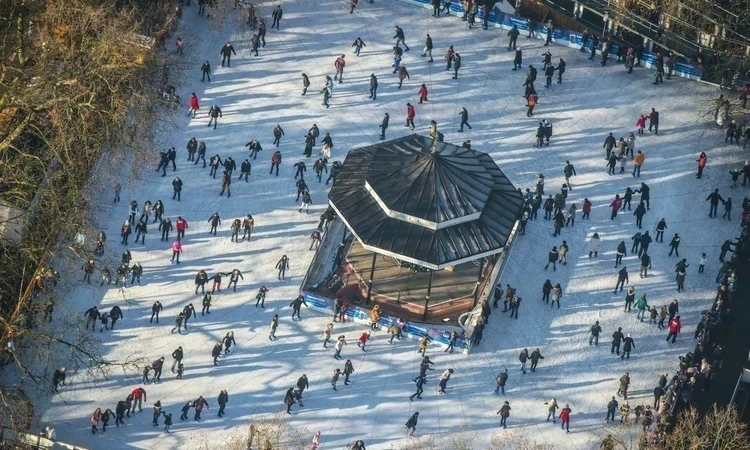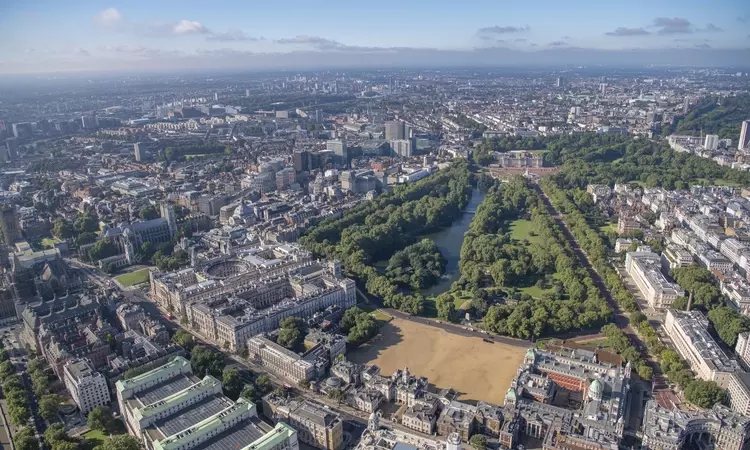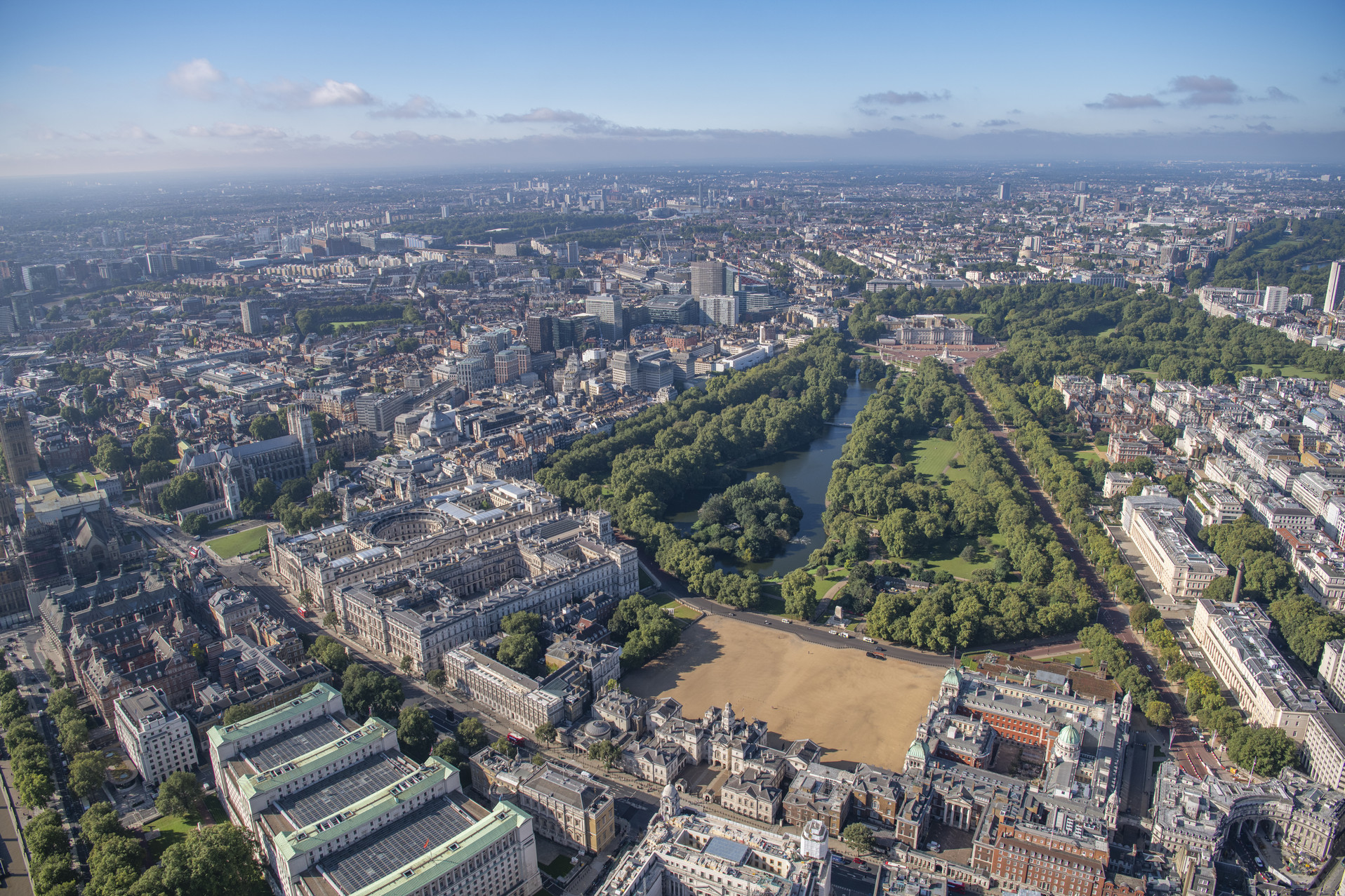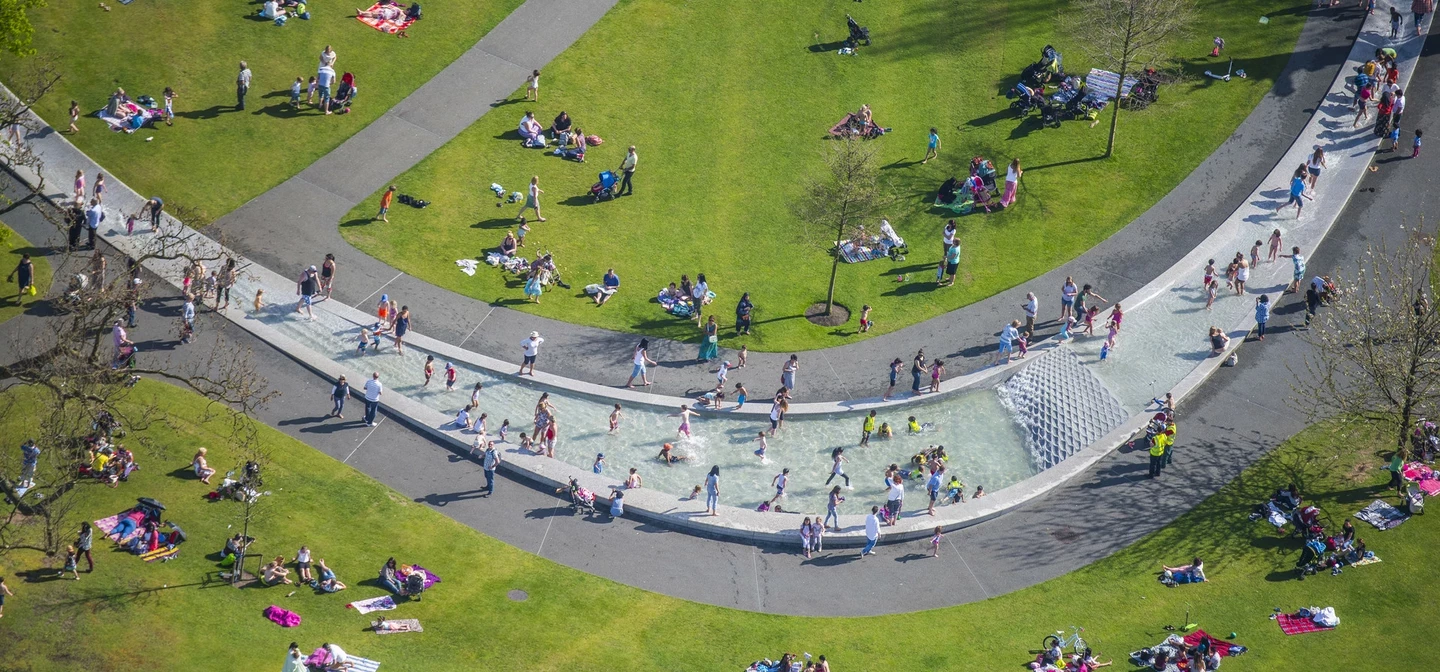
The Royal Parks from above
London’s eight Royal Parks and Brompton Cemetery cover an area of over 5,000 acres.
The parks are an amazing mix of over 170,000 trees, countless plants, biodiverse habitats and things to see and do, attracting over 77 million visitors every year.
On the ground it’s easy to see why these parks are so popular. Stunning floral displays all year round and trees changing with the seasons, they are great places to see birds and wildlife while letting you step briefly away from the busy city.
Aerial photographer Jason Hawkes has been capturing shots of London and The Royal Parks for over 25 years – in a helicopter at least 750ft above ground. Seen from above in his photos, it becomes clearer how important the parks are to the capital.
Hyde Park, the people’s park
Hyde Park has a long tradition of hosting major events, and this continues today with BST Hyde Park and Hyde Park Winter Wonderland. With boating, open green spaces and even a shop, you can see why it’s such a popular destination – especially for a summer picnic. These photos really illustrate how different the park can look through the year.
“It’s amazing how large events such as Winter Wonderland and BST Hyde Park come and go, the ground is restored and the whole area looks so wonderful and green again.” – Jason Hawkes
The Regent’s Park, private gardens to public park
This photo clearly shows the properties surrounding The Regent’s Park, which used to have exclusive access to its lake and gardens. The east side of the park was opened to the public in 1835, and like the other Royal Parks is now open to everyone all year round. You can see the formal tree avenues, circular Queen Mary’s Gardens and Taste of London food festival which takes place for five days a year.
In the bottom left you can see some of the storeyard – an area that we’re planning to turn into a garden that will add two acres of green space to London.
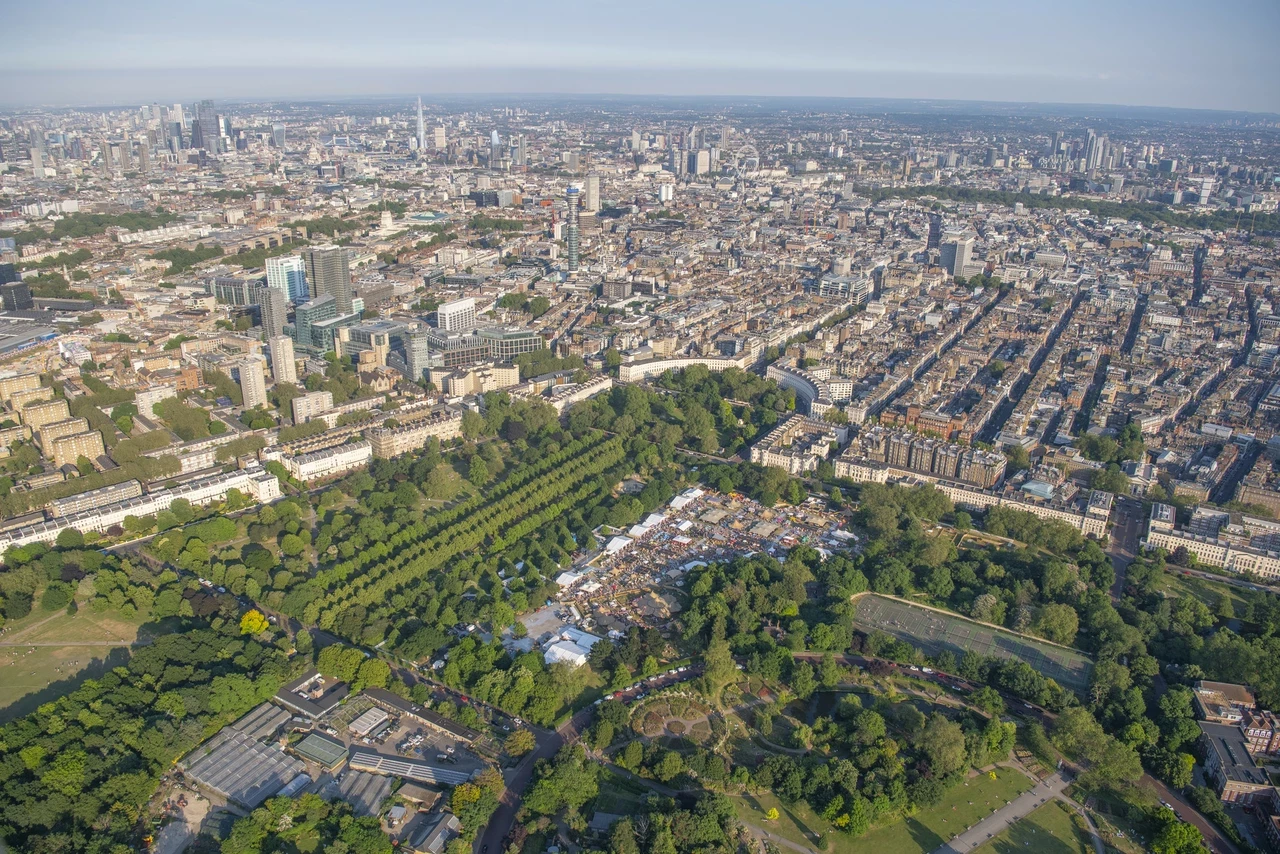
Kensington Gardens, not Hyde Park
Separated from Hyde Park by the Serpentine Bridge, the more tranquil Kensington Gardens is well known for its picturesque Italian Gardens, tree avenues, Albert Memorial and popular Diana Memorial Playground, as well as Kensington Palace. The Round pond that’s visible in the centre of the park is connected underground to the Long Water, which becomes the Serpentine lake, the body of water that spans both parks.
Greenwich Park, and that view
The view from the Wolfe Statue looking down the tree avenue and over the Queen’s House to the Isle of Dogs is one of London’s best, and has changed drastically even over the last 20 years.
“Since I started flying, parts of London have just changed beyond all recognition. The City of London, Vauxhall and Battersea have seen incredible re-development” – Jason Hawkes
What’s noticeable in this photo is the brown grass. Climate change is impacting all of the Royal Parks and it greatly influences our management and planning for the future, including the Greenwich Park Revealed project that is currently underway.
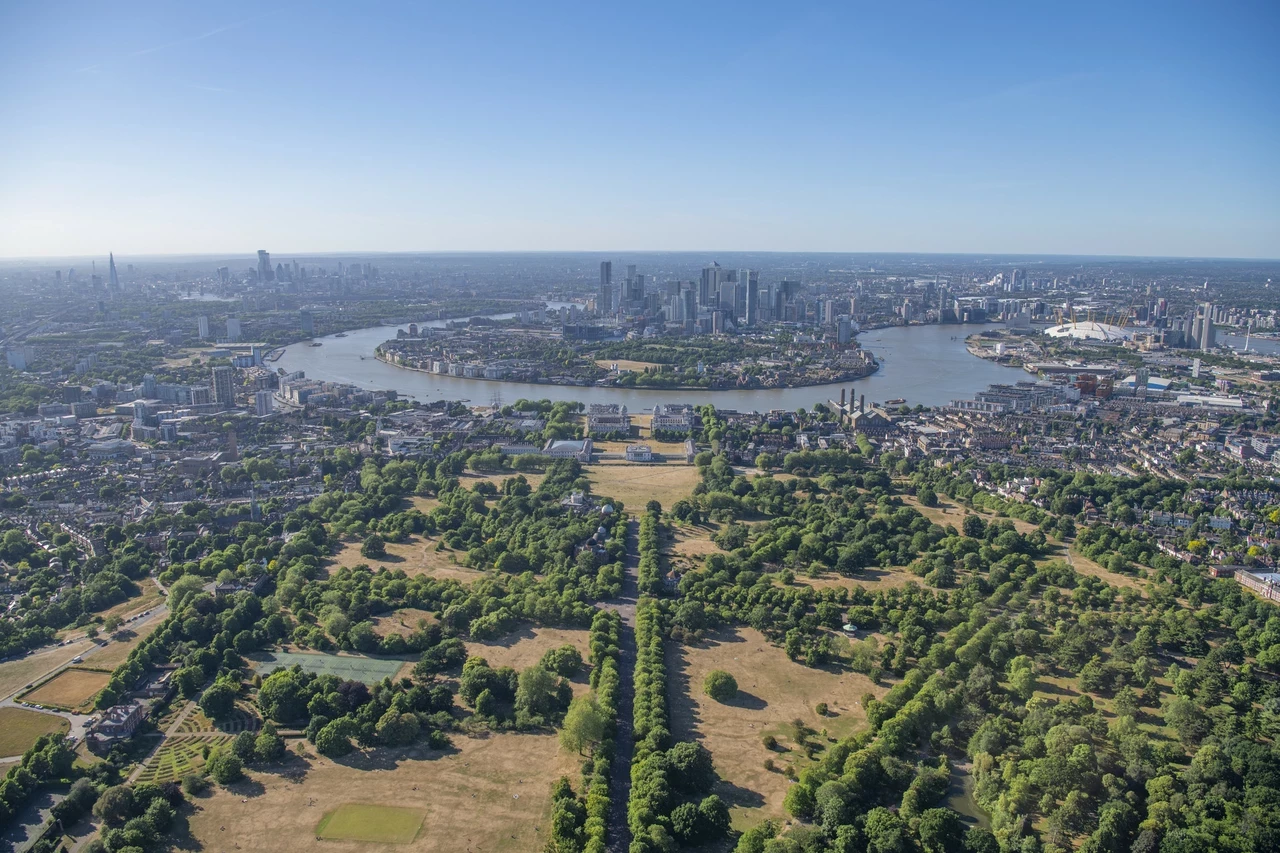
St. James’s Park, royally connected
While all of the parks have an interesting royal history, St. James’s Park is the most visibly connected today. It’s surrounded by three historic palaces, including Buckingham Palace, and is the backdrop to ceremonial events seen around the world every year. You can see from these photos that it’s not clear where the city ends and the park begins – St. James’s Park boundaries actually include The Mall and the flower beds outside the front of Buckingham Palace.
Brompton Cemetery, a garden for the living and the dead
That green area around the middle of the photo is Brompton Cemetery, an active cemetery teeming with wildlife and history. You can see the Great Circle and Chapel and in the foreground of the cemetery is Stamford Bridge, the stadium of Chelsea Football Club. The Chelsea founder, Henry Augustus Mears, is buried at Brompton.
It’s a great example of the contrast between old and new that makes London such an interesting city. While parts of the city have developed and changed over time, the parks’ landscapes have been constant for hundreds of years. We’re working to make sure they are around for many more.
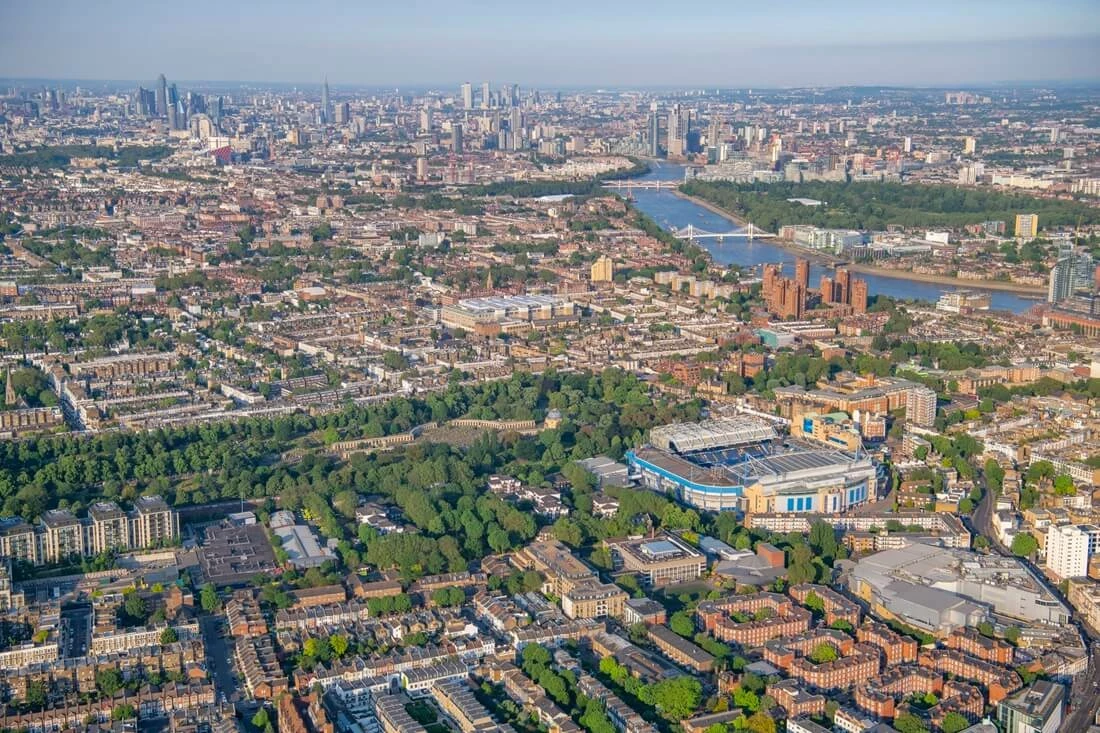
With thanks to London’s aerial photographer Jason Hawkes for sharing his photos and thoughts. You can see more of his aerial views at jasonhawkes.com.
Related Articles
-
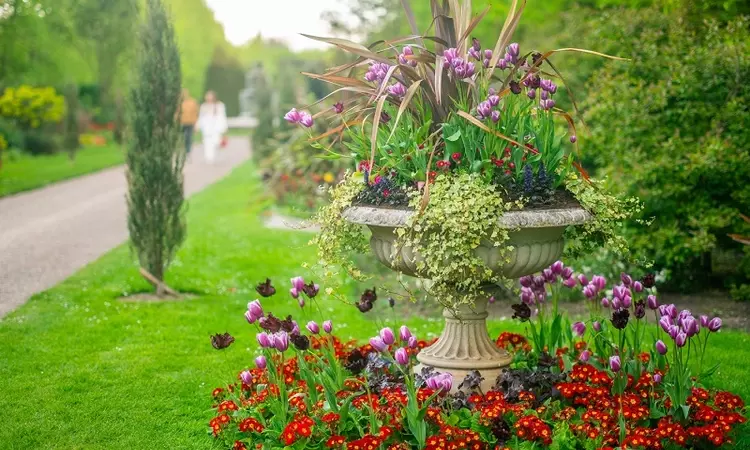 Watch
WatchSpring walkthrough: The Regent's Park & Primrose Hill
Take a quick tour through The Regent's Park & Primrose Hill in spring with this mapped walking route, showing some of the park's highlights.
-
 Read
ReadWhat can you spot? A guide to the birds of the Royal Parks
With this bird spotter guide, you can have a go at identifying some of these wonderful creatures while you enjoy a walk around the parks in London.
-
 Read
ReadNature's impact on mental health & wellbeing
Discover the healing power of nature for mental health. Learn how outdoor activities and connecting with nature boost wellbeing with The Royal Parks.
